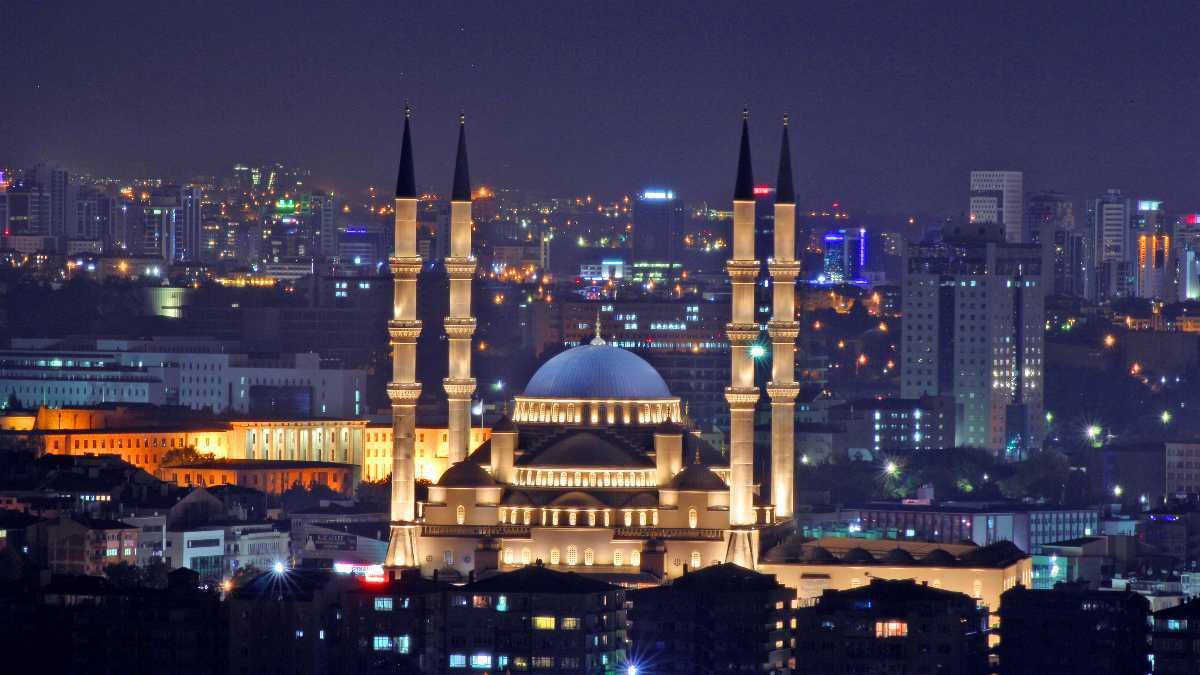Over a century ago, in 1923, Istanbul, previously Constantinople, was overshadowed by the collapse of the Ottoman Empire. This led to the establishment of a new capital for Turkey – Ankara. Although Ankara is often unfairly labeled as a gray, bureaucratic, and dull destination compared to Istanbul, it is, in reality, a captivating city with a unique identity.
Ankara’s transformation into a modern city began in 1932 with the city plan devised by German architect Hermann Jansen. The introduction of Atatürk Bulvarı, a majestic central boulevard named after Mustafa Kemal Atatürk, marked the city’s leap into modernity. European and US-inspired structures, cafes, and restaurants sprouted along this boulevard, reflecting the city’s new identity.
The Ankara State Opera and Ballet, inaugurated in 1948, symbolized the importance the new republic placed on the arts as a representation of modernity. Architectural projects like the Turkish Grand National Assembly, Ministry of Defense, and Çankaya Mansion further contributed to Ankara’s modern landscape, designed by Austrian architect Clemens Holzmeister.

Between 1961 and 1980, Ankara gained one of its significant landmarks, the Middle East Technical University, known for its Brutalist architecture. The remnants of this nation-building initiative are evident in Ankara’s architecture, masterplan, museums, universities, and art centers.
Ankara is not merely a bureaucratic hub; it has hidden treasures waiting to be discovered. Anıtkabir, the mausoleum of Atatürk, is a prominent site. The Ankara Castle, overlooking the Kale neighborhood’s Ottoman-era houses, houses the Museum of Anatolian Civilizations, displaying artifacts from the surrounding Anatolia region.
The historic Samanpazarı quarter, around Ankara Castle, boasts ateliers and shops selling crafts and antiques. The Aslanhane Cami, one of Ankara’s oldest mosques, is a hidden highlight, recently included in the UNESCO List of Wooden Hypostyle Mosques of Medieval Anatolia.
Ankara is also home to various museums, including the Ankara Ethnography Museum and the Ankara Painting and Sculpture Museum, showcasing the regal Ottoman aesthetic and over 150 years of Turkish art, respectively.
For contemporary art, Cer Modern, founded in 2010 inside a former railway workshop, serves as Ankara’s main hub. Ankara may not have the glamour of Istanbul, but it offers an organized and peaceful lifestyle with less traffic and crowds.
Instagram account Ankara Gri Değil (Ankara is not Gray) challenges the perception of Ankara as monochrome. Journalist Ragip Soylu, the Ankara bureau chief for the Middle East Eye news website, appreciates Ankara’s orderliness, peaceful environment, and the richness of places like Ka Atölye, Urban Walks Ankara, CSO Ada, Kakule Fırın, Sarnii, Mozz Pizza, and Kebapçı Canbolat.
Soylu recommends exploring the historic houses of Hamamönü, third-wave coffee shops in Bahçelievler, and enjoying the view from Atakule. Additionally, the nearby town of Eskişehir, accessible through Turkish Railways, offers a delightful weekend getaway with its European ambiance, Odunpazarı Historical Urban Site, and OMM (Odunpazarı Modern Museum).
Contrary to its bureaucratic image, Ankara, with its rich history, cultural heritage, and modern developments, is a city waiting to be appreciated for its vibrant and colorful identity.
Paris sightseeing
Book Paris activities
Louvre museum paris
Paris limousine rental
Rolls Royce Paris
Eiffel Tower Paris
Airport Transfer Paris
Book Paris Taxi
Seine River Cruise
Wine Tasting Paris
Paris luxury hotels
Switzerland luxury hotels
Europe Car rental
Europe coach rental
Paris Limousine
Dior Paris
Beauvais Airport transfer
